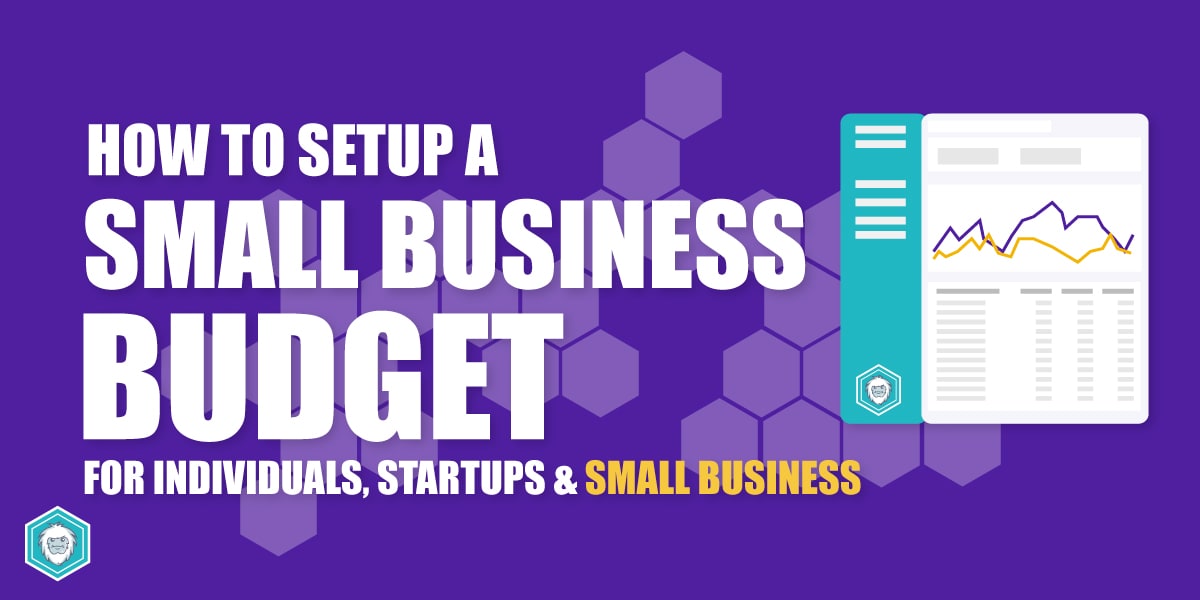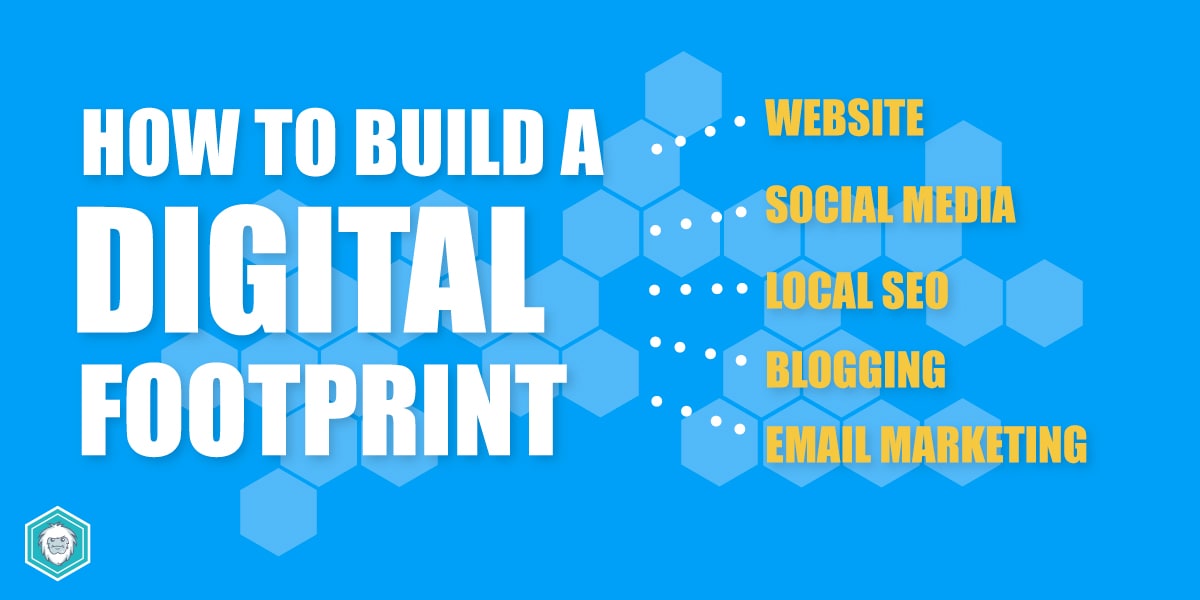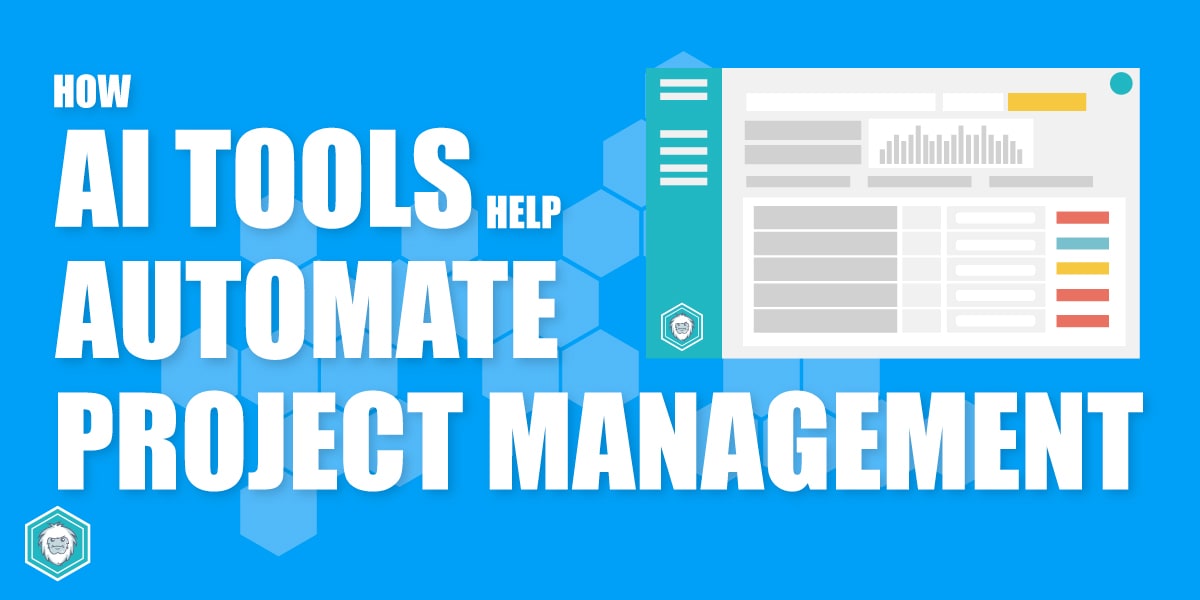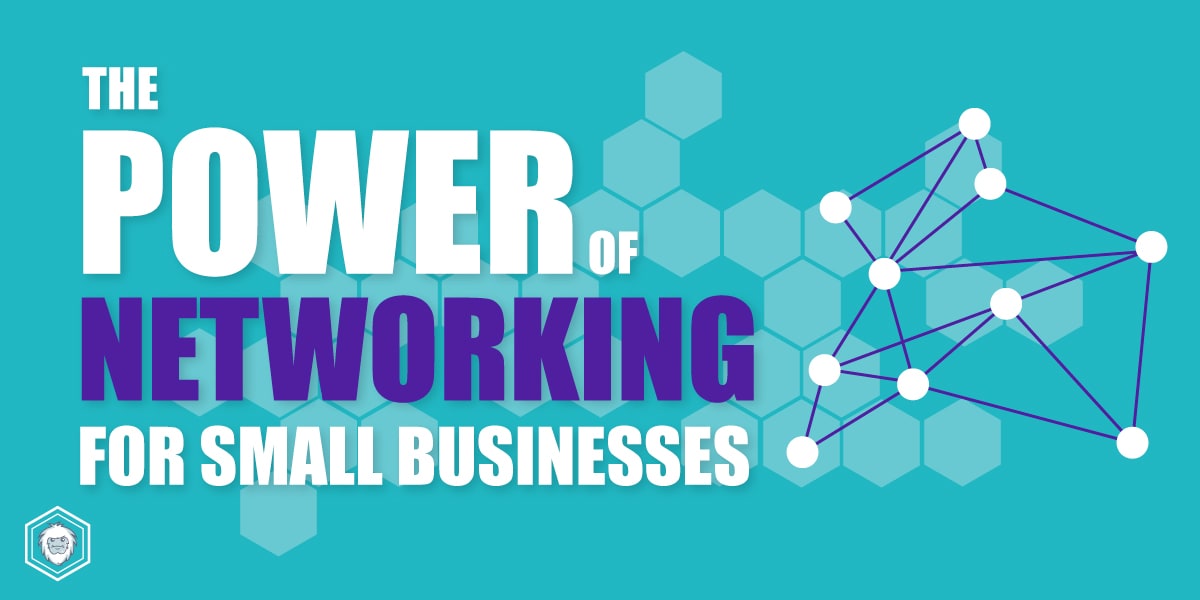How to Choose the Right Project Management Tool for Your Team
Project management tools have become essential for teams aiming to stay organized, meet deadlines, and collaborate effectively. With an overwhelming number of options on the market, how do you choose the right one for your team?
The key to choosing the right project management tool for your team lies in understanding your team’s unique needs, workflows, and goals.
Understanding these factors will empower you to make an informed decision that best serves your team.
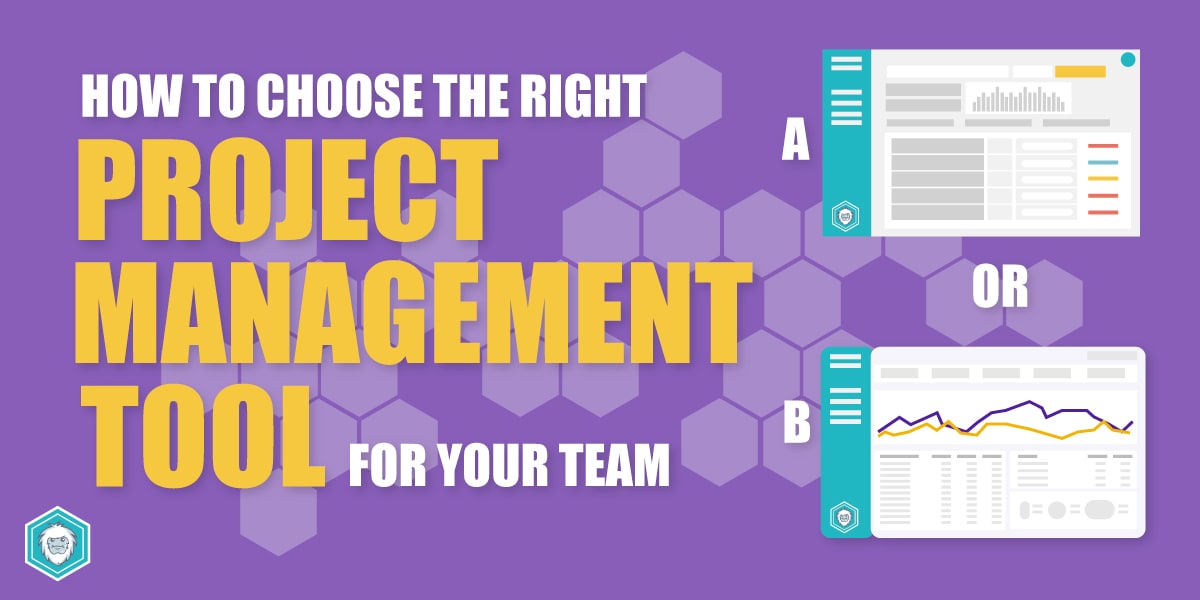
In this guide, I’ll break down the key factors to consider when selecting a project management tool, provide youo with examples and tips that are specifically tailored to online businesses.
1. Assess Your Team’s Needs and Workflows
The first step in choosing a project planning software is understanding your team’s unique requirements and workflow. Consider the size of your team, the complexity of your projects, and the tools you currently use.
Are you managing remote employees who need real-time collaboration features, or is your team co-located and focused on task tracking?
Do you require integrations with other software like CRM or email marketing platforms? Determining these needs helps you pinpoint the essential features you might need from a PM tool, such as time tracking, file sharing, or reporting capabilities.
A thorough understanding of your team’s priorities ensures you choose a tool that aligns with your goals and processes.
Consider the following:
- Team Size: Small teams might benefit from simpler, easy to use platforms, while larger teams might need more advanced features.
- Type of Projects: Are you managing long-term campaigns, short sprints, or ongoing operational tasks? For example, marketing teams might need tools with strong content scheduling features, while software developers often require agile boards.
- Collaboration Style: Does your team prefer real-time updates, asynchronous communication, or a combination of both?
Example: An online e-commerce business running frequent sales campaigns may need a tool that supports visual timelines, task dependencies, and integrations with marketing platforms like Aweber.
2. Identify Essential Features
Once you’ve mapped out your team’s workflows, the next step is to identify the features that are absolutely essential for your project tracking system. Think about the specific tasks your team handles daily and the pain points you’re trying to solve.
- Do you need robust task assignment and tracking?
- Are collaboration tools like messaging and file sharing needed?
- Do you need more advanced features like Gantt charts and Kanban boards?
- Are time tracking and budget management tools necessary?
When you focus on the features that directly support your team’s workflow, it helps you narrow down your options and choose a tool that enhances productivity without unnecessary complexity.
Here are some common features to evaluate:
- Task Management: Does the tool support task assignments, deadlines, and progress tracking?
- Collaboration Tools: Look for features like in-app chat, file sharing, and comment threads.
- Integration Capabilities: Ensure the tool integrates with your existing software stack (e.g., Google Workspace, Slack, or CRM systems like Monday.com).
- Reporting and Analytics: Robust reporting features can help you track project progress and identify bottlenecks.
- Scalability: If you’re planning to grow, pick a tool that can scale with your team size and project complexity.
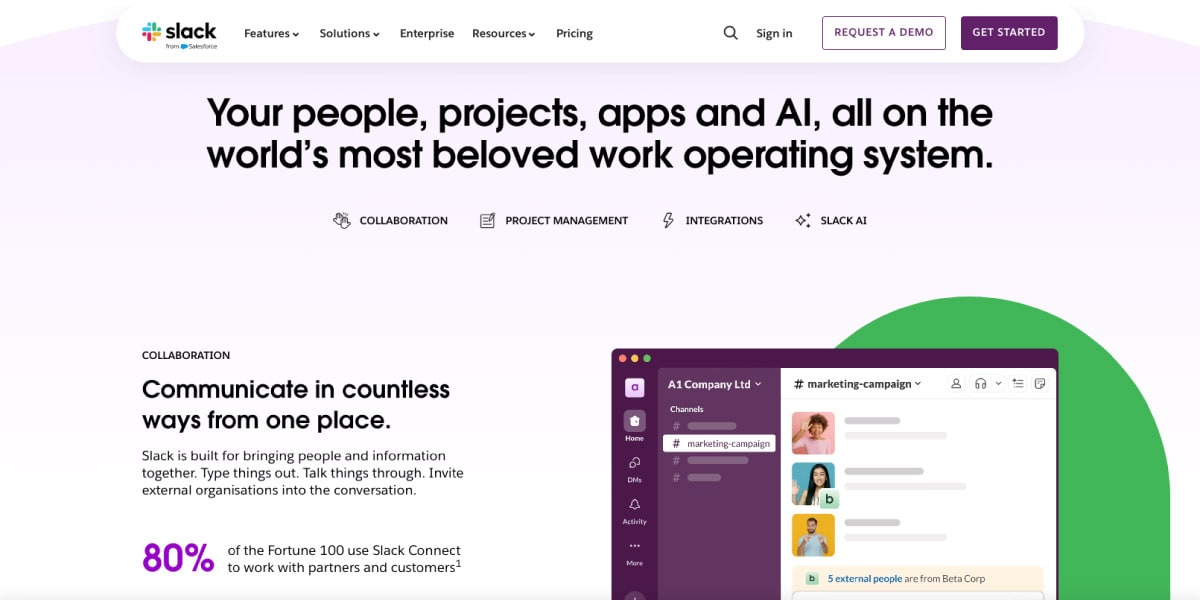
Pro Tip: If your team frequently works remotely, prioritize tools with mobile apps and strong cloud-based support to ensure seamless access from anywhere.
3. Explore Different Types of Project Management Tools
Project management tools come in various forms. Each one is designed to cater to specific needs and workflows.
Some PM tools are built for simplicity, making it easy to focus on task management and basic collaboration features, making them ideal for small teams or straightforward projects.
Others are more robust, offering advanced functionalities like resource allocation, time tracking, budget management, and detailed analytics for larger, more complex projects. There are also industry-specific tools tailored to sectors like construction, IT, or creative agencies.
When you understand the different types of project management software available, it ensure you can match the tool to your team’s requirements, helping you achieve your project goals effectively.
Here are some common categories:
- Kanban Boards: Tools like Trello and Monday.com offer visual task management with drag-and-drop boards, making them ideal for teams that thrive on flexibility and simplicity.
- Gantt Charts: Platforms like Wrike and TeamGantt use Gantt charts to provide detailed timelines and task dependencies. These are great for teams handling complex projects with interdependent tasks.
- Agile Tools: For software development or agile workflows, tools like Jira and ClickUp excel in offering sprint planning, bug tracking, and user story management.
- All-in-One Solutions: Notion and Asana provide a mix of task management, documentation, and collaboration features, making them versatile for various industries.
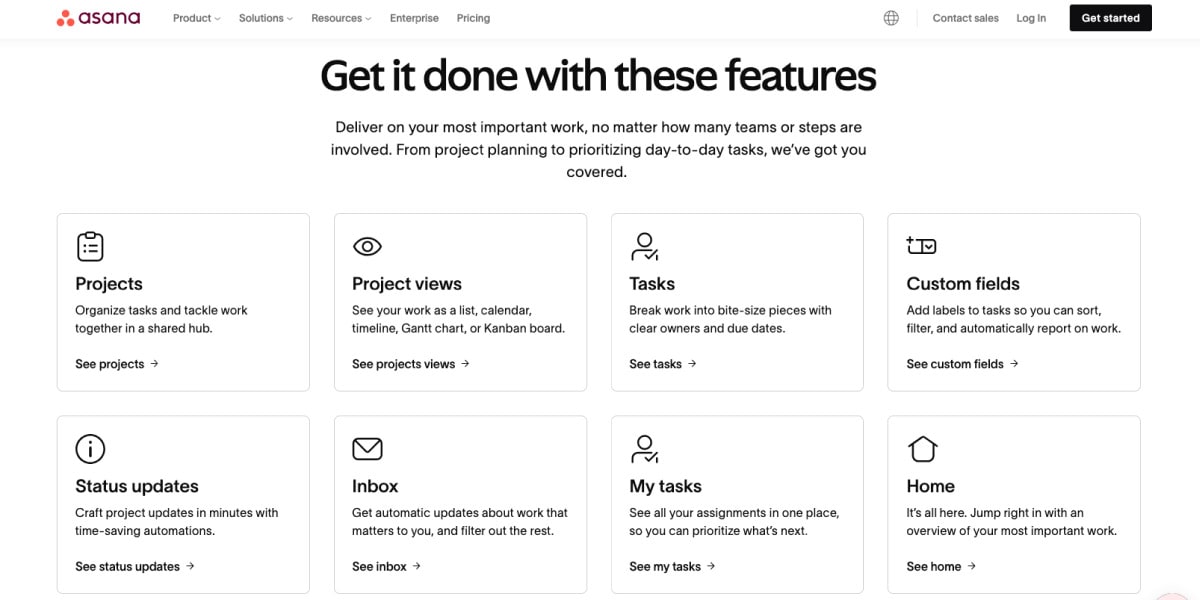
Example: A digital marketing agency juggling client campaigns might find Kanban tools like Trello sufficient for visual task tracking, while a SaaS company developing a new product may prefer Jira for agile development.
4. Consider Budget Constraints
When selecting a work management software, pricing often plays a significant role in the decision-making process. While some tools offer free plans or trial periods, others come with tiered pricing structures based on factors like the number of users, features, or storage capacity.
When deciding which to try, it’s important to evaluate your budget and weigh the cost against the tool’s functionality and overall value.
You’ll want to consider whether you need advanced features or if a basic plan will suffice. Also, keep an eye on hidden costs, such as integration fees or charges for exceeding user limits.
Balancing affordability with features ensures you get the best return on investment.
Most project management tools offer tiered pricing plans, so assess what you’re getting for your investment:
- Free Plans: Ideal for small teams or startups with basic needs. For example, Trello’s free plan includes unlimited cards and up to 10 boards.
- Paid Plans: Typically range from $10 to $30 per user per month and include advanced features like custom workflows, integrations, and analytics.
- Enterprise Solutions: If you’re scaling quickly, enterprise plans offer the most robust features, including advanced security and dedicated support.
Top Tip: To ensure you don’t come up against any hidden fees, remember to calculate the total cost, including the number of team members you have.
5. Test Usability with a Free Trial
Most project scheduling tools provide free trials or demos, making them an excellent opportunity to assess their suitability for your team. During this trial period, evaluate critical factors such as the tool’s interface, navigation, and overall ease of use.
Pay attention to whether the features align with your team’s workflows and if the tool feels intuitive enough for daily use.
Where possible, involve your team in the testing process, as it allows you to gather feedback from different roles and perspectives.
Evaluating the tool together ensures that it meets your team’s practical needs and helps with smoother adoption once it is implemented into your business.
Key Questions to Ask:
- Is the interface intuitive and user-friendly?
- How steep is the learning curve?
- Does the tool’s workflow align with your current processes?
Example: A content creation team might test Asana’s timeline view to ensure it meets their editorial calendar needs before committing to a paid plan.
Related: If you find your team needs some extra training then online learning platforms like Coursera and Udemy can be a cost effective option.
6. Prioritize Security and Data Privacy
Safeguarding sensitive data should be a high priority for businesses of any size.
Increasing cyber security threats against businesses are on the rise, but with robust data security measures in place small businesses and larger companies can protect themselves and their customers.
Sensitive customer information, like payment details, personal information, and proprietary business insights, must be protected against breaches.
A good project management tool for online businesses should include advanced security features like data encryption, role-based access controls, and compliance with standards like GDPR or ISO certifications.
Prioritize tools that offer secure cloud storage and regular security updates to mitigate risks. You protect your business reputation and customer trust by choosing a platform with strong security measures.
When evaluating tools, check for features like:
- End-to-end encryption
- Role-based access controls
- Regular security audits
- Compliance with regulations (e.g., GDPR, SOC 2)
Example: A freelance agency handling client data should opt for a platform like Basecamp, which prioritizes secure file sharing and client collaboration.
7. Check for Customization and Scalability
Each business and department will operate with its own set of unique workflows, which are a critical part of achieving efficiency and success in completing tasks efficiently.
Whether it’s task delegation, tracking project progress, or maintaining clear communication, the ability to customize your project management tool to suite these different workflows is important.
Customizing the PM tool to fit your team’s processes can increase productivity through task automation, improved collaboration among team members, and the removal of any possible bottlenecks.
Remember to look for:
- Custom dashboards
- Configurable task statuses
- Automation capabilities
- AI integration
Additionally, consider whether the the project management software can scale as your business grows.
Popular tools including ClickUp allow you to start with basic features and gradually unlock advanced functionalities as your needs expand.
8. Factor in Team Collaboration Needs
Effective collaboration boosts the success of any project. Without clear communication and cohesive teamwork, even the most well-planned projects can falter.
It is essential to choose a project management tool that facilitates seamless interaction between team members, enabling them to communicate effortlessly, share important documents, and track progress in real-time.
The right tool should allow for quick updates, discussion threads, and instant feedback, ensuring everyone is on the same page.
Encouraging smooth collaboration helps you create an environment where ideas flow freely between team members, tasks are completed efficiently, and projects are delivered successfully within deadlines.
Features to Look For:
- Real-time chat and notifications
- Document sharing and version control
- @Mentions to tag team members
Example: A remote-first online store team might prioritize Slack integrations within their project management tool to keep all communications in sync.
9. Evaluate Customer Support
No matter how intuitive or user-friendly a tool may seem, there will be times when you encounter challenges or need assistance.
It could be troubleshooting an issue, understanding advanced features, or resolving unexpected errors, even the most well-designed tools can present roadblocks for your business.
In these moments, reliable customer support becomes critical. A well-supported tool should offer easy access to help resources, such as tutorials, customer service representatives, or online communities, so that you can quickly get back on track.
Being able to resolve issues efficiently ensures minimal disruption to your workflow and helps you make the most of the tool’s features. Look for platforms that offer:
- 4/7 customer support
- Comprehensive knowledge bases or tutorials
- Responsive live chat or email assistance

Example: Work Management Platforms like Monday.com are great at providing extensive resources and responsive customer service, ensuring you’re never stuck.
10. Make the Final Decision
After thoroughly testing and gathering feedback, it’s time to narrow down your options. This step is crucial in selecting the right tool or solution for your needs. By considering the experiences and input of your team, you can identify which options are most effective and align best with your goals.
Focus on the features that are most relevant to your workflow and team requirements, and eliminate any options that don’t meet your criteria. Narrowing down your choices ensures that you make a well-informed decision, ultimately leading to a more efficient and streamlined process moving forward.
Here’s a checklist to finalize your decision:
- Does the tool meet your team’s specific needs?
- Is it within your budget?
- Does it integrate seamlessly with your existing tools?
- Is the platform secure and reliable?
- Did your team find it easy to use?
Final Thoughts
Choosing the right project management tool is a critical decision that can directly impact your team’s efficiency and success. By understanding your team’s workflows, prioritizing essential features, and thoroughly testing options, you can find a tool that aligns perfectly with your needs.
Whether you’re managing an e-commerce business, running a digital marketing agency, or developing a SaaS product, the right tool can transform the way you work—helping you meet deadlines, collaborate effectively, and achieve your goals.
Start exploring your options today, and remember: The best project management tool is the one that empowers your team to do their best work.

